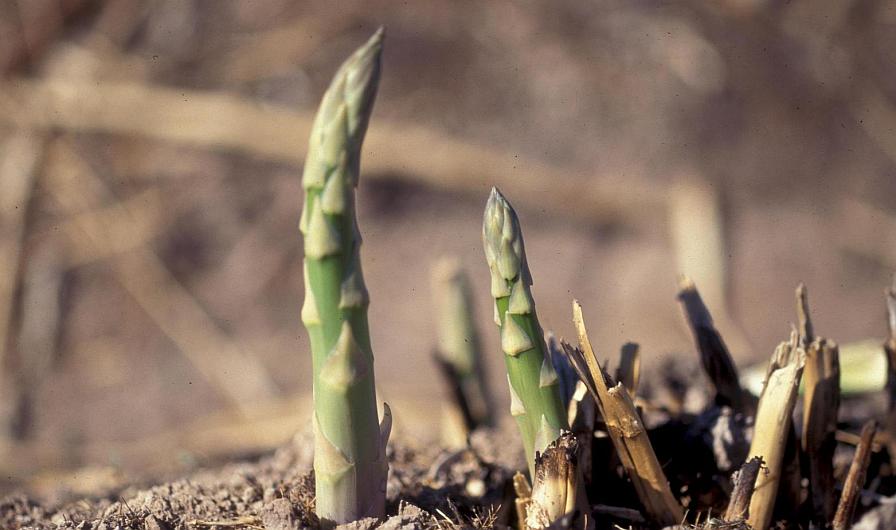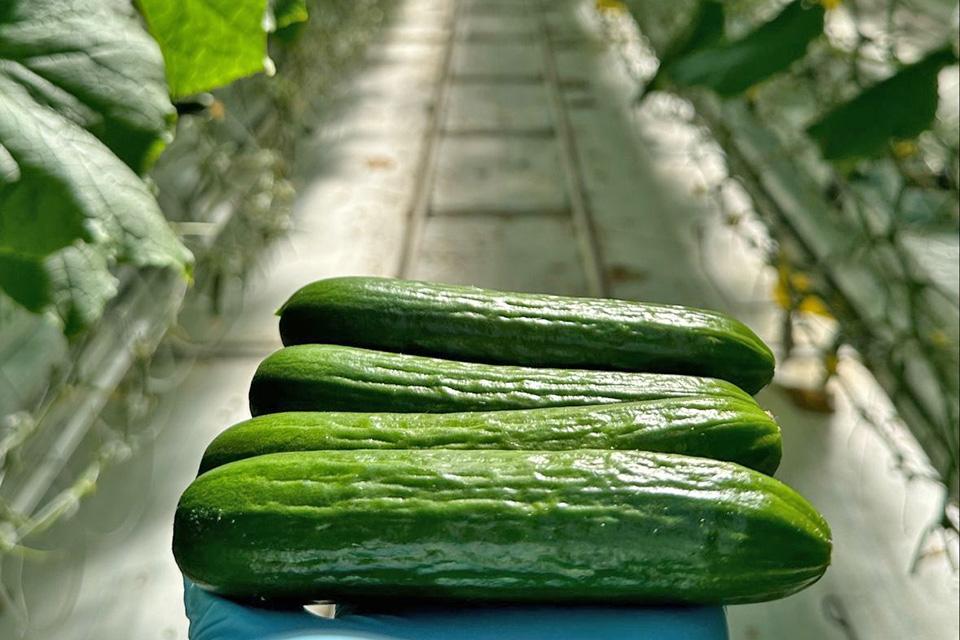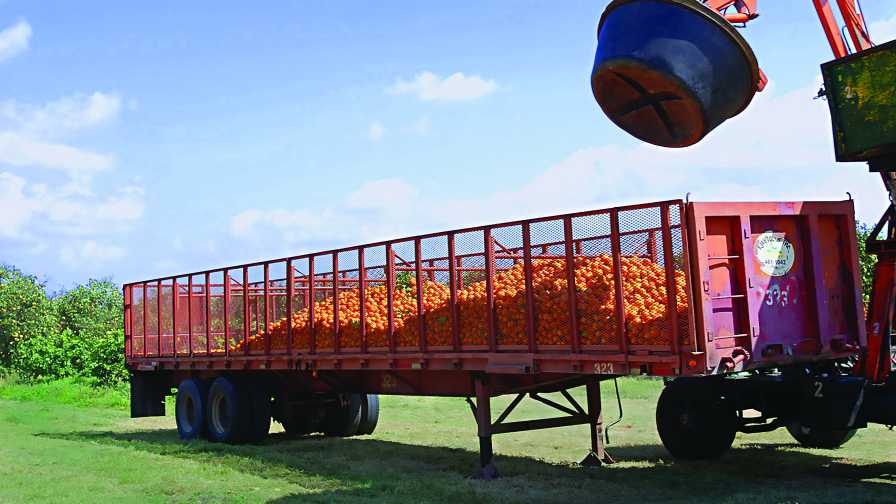Sustainability Essentials: Use Of Renewable Resources

Reduced dependence on off-farm non-renewable fertilizer, crop protectants, and fuel resources are goals of sustainable growers worldwide. Two different approaches are used to reduce dependence on these products to meet these goals.
Conservation Strategies
The first approach involves greater efficiency in use of production inputs (water, fertilizer, and fuel). This occurs when output (crop yield) is increased per unit of production inputs. Sustainable-conscious growers seek to use conservation practices because they can achieve high-crop yield and profits with fewer inputs.
Conservation practices include reduced tillage, soils that are covered with living or dead mulch, and precision application techniques. These practices are designed to better synchronize supply of water and nutrients with crop demand, and/or eliminate wasteful practices, such as nutrient and water runoff and leaching.
Drip irrigation, fertigation with nutrient-balanced solutions, and controlled-traffic permanent-bed systems are examples of precision application practices adaptable to both large- and small-scale growers. These systems efficiently use water, fertilizer, and fuel, and over time, can improve soil health and production capacity.
Substitution Strategies
The second approach also can help growers achieve their goals. Compared to using non-renewable production inputs, on-farm and locally produced biofertilizers and biofuels are normally more sustainable, less expensive, and foster community sustainability endeavors. Examples of substituting renewable for non-renewable inputs include:
Cover crops. Growing leguminous cover crops can provide some and, in many cases, all nitrogen needed for vegetable crops.
Farmscaping. Establishing farmscape plantings throughout the farm can attract beneficial insects, reducing pesticide costs. Farmscapes can also add aesthetic features and increase soil stability.
Crop rotations. Intensive crop rotations and strip interplanting cover crops, farmscape plantings, and vegetable crops can optimize biodiversity. Such highly integrated and biodiverse systems can enhance soil functioning and synergize crop growth, resulting in improved soil health, pest management, crop yield, and profits.
Biofuels. Many growers and local municipalities are seeking ways to produce biofuels. Examples include ethanol from citrus waste feedstock in Florida, ethanol from wheat feedstock in Nebraska, biodiesel and ethanol from animal waste and various plant feedstocks in Indiana, bio-diesel from sunflower and other oilseed feedstocks in Oklahoma, and biodiesel and various by-products from popular and other woody feedstocks in Virginia.
In most cases, production of biofuels from animal waste and plant feedstocks can generate numerous valuable by-products such as animal feed rations and biochar soil amendments. A good source for additional information is the National Sustainable Agriculture Information Service, or ATTRA, at www.attra.ncat.org.









